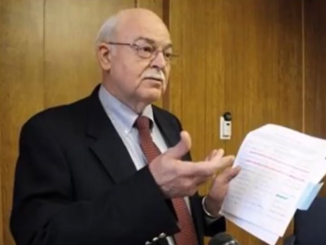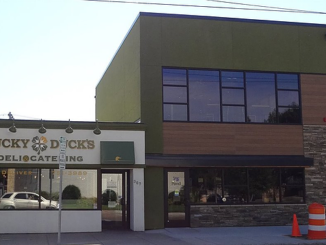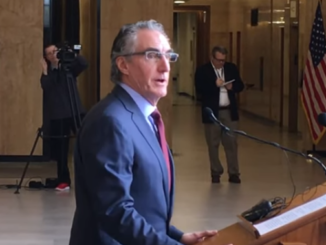
Last Legislative Session, State Senator Howard Anderson (R – District 8) introduced Senate Bill 2320. This bill proposed what is known as a “Needle Exchange Program” or a “Syringe Exchange Program”. The basic premise behind the bill is to reduce the spread of disease – like HIV and hepatitis – in North Dakota due to the rise of IV drug use. Quite simply, the program allows for drug users to exchange potentially contaminated needles for clean ones without the threat of being apprehended by law enforcement (the bill prohibited law enforcement from doing so).
Senator Anderson’s bill sailed through the Senate, with no floor debate and just three legislators from that chamber voting against it. When it got to the House side, there was a greater push back, but the bill ultimately passed on a 58-35 vote and was later signed into law by Governor Doug Burgum.
A recent article featured the new Syringe Exchange Program at Custer Health in Mandan. According to the Custer Health website, theirs is the first one in North Dakota. As with many government funded programs, this one has a catchy name– “Good Neighbor Project”.
The aforementioned article claims that participants “are required to return dirty syringes to a biohazard bucket before receiving new ones”. This might lead the reader to believe the exchange is syringe for syringe. But the programs “Implementation and Evaluation Plan” tells a different story. According to the December 2017 plan, the “Transaction Model” is as follows:
“One-for-One Plus. This model will provide a greater opportunity for clients to have clean supplies and remove used syringes from the community. In this model, individuals will may receive more than on[e] sterile syringe for each used syringe returned.” (Note: The use of “will may” is found in the original document.)
In fact, according to the plan, participants may receive up to a maximum of 20 syringes a week. What is there to guarantee that these syringes – given with the intent to reduce sharing – aren’t actually being shared themselves? What is there to ensure that the needles aren’t being left to lay in areas where they could be a hazard to others? Could more syringes go out than are being returned? Is it possible that the state is funding something that actually encourages sharing of needles and causes hazards in some situations?
And it’s not just syringes that are part of the program:
“In addition to syringes, kits received by client[s] will also include a sharps container, alcohol pads, cooking kit (cooker, tourniquet, cotton filers), condoms and wound care kits. Participants will be assessed at each encounter if they need additional supplies and be provided accordingly.”
If the state is going to get into the business of providing the necessary supplies for drug use – in the name of safety – then how far will it go? What’s next? Should the state be responsible for ensuring the highest quality of drug possible? Should the state provide the drug itself? After all, this would reduce risks, right?
It’s difficult to argue with things that are done in the name of “compassion”. Let’s be honest… very few people want to be accused of not being compassionate. But is it truly compassionate to provide drug users with the needed supplies to do drugs? Can it be considered compassionate when state funds are being used for the program? After all, being generous with someone else’s money isn’t compassion.
For me, there’s more questions than answers with this program. And I suppose we’ll have more answers when first mandated semiannual report to the Department of Health is filed. But having said that, on its face I find it wholly inappropriate. It’s simply not the proper role of government to be in the business of providing drug users with the supplies they need to do drugs– not even if it’s done in the name of compassion or public health.
Sources:
1. http://www.legis.nd.gov/assembly/65-2017/bill-index/bi2320.html
2. http://www.kvrr.com/2017/02/07/nd-lawmakers-hoping-establish-needle-exchange-program/
3. http://www.custerhealth.com/tags/syringe-exchange-program
4. https://www.sfgate.com/news/article/North-Dakota-s-1st-syringe-program-working-to-12709415.php
5. http://www.custerhealth.com/sites/default/files/Syringe%20Exchange%20Program%20Plan_SW%20%282%29.pdf





